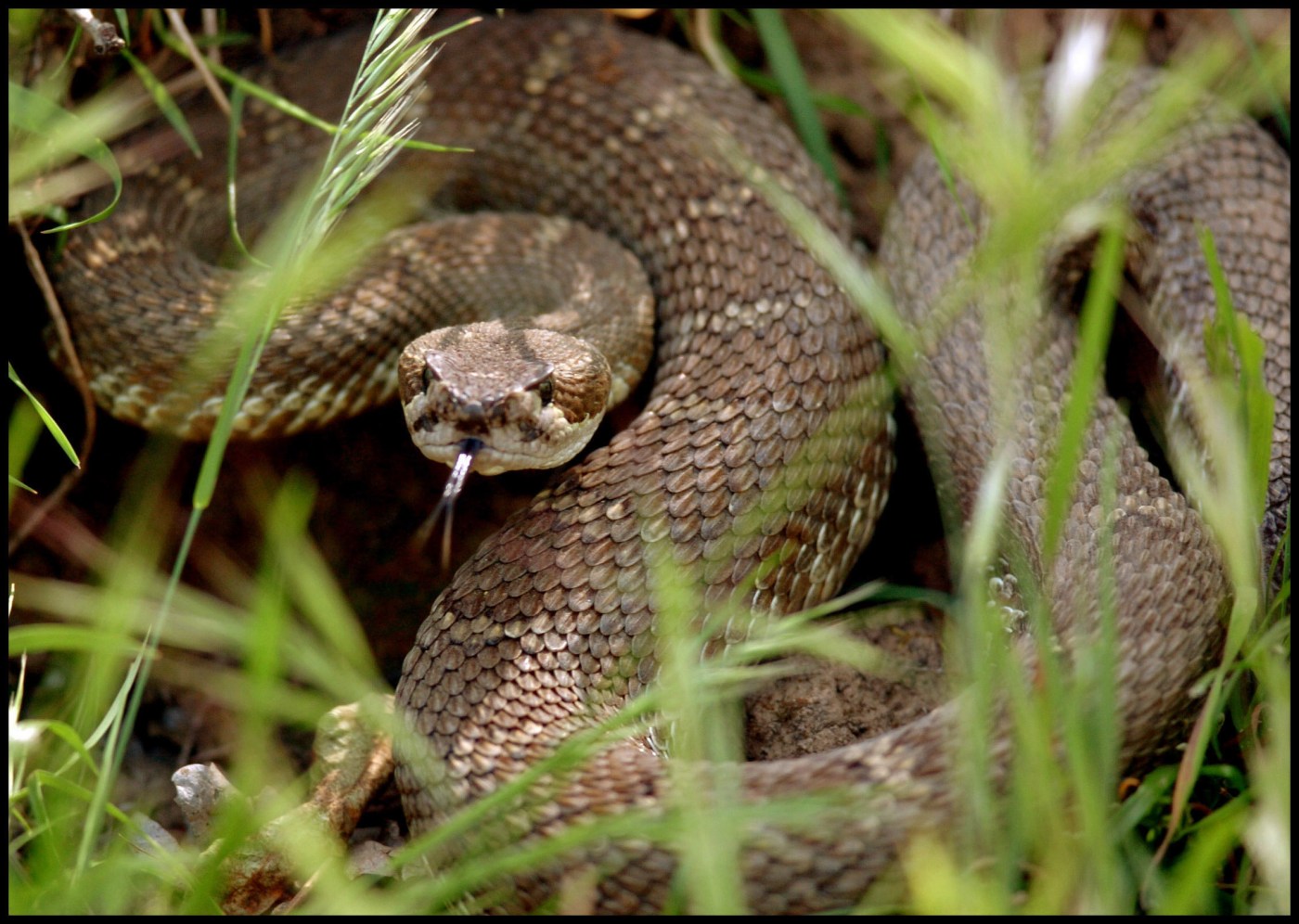
As the weather warms up in Northern California, so will hiking trails across the region as residents embrace the summer sun and find ways to get active outdoors. While hikers may be excited to see many forms of wildlife, they’ll want to avoid the Northern Pacific Rattlesnake, and should know how to spot them and react to them safely.
Related Articles
Is there life after extinction? Some Bay Area scientists and conservationists are trying to find out
Bay Area Ridge Trail adds 14 scenic miles near San Jose for hiking, biking, horse riding
Alligator that starred in ‘Happy Gilmore’ dies of old age in Colorado
Where are wolves roaming in California? New online map lets you see
Meet the sea hare, one of California’s most ‘puzzling’ creatures
The East Bay Regional Parks have issued a rattlesnake advisory for this season, and the city of Vacaville has shared safety information and tips on the issue. Vacaville’s website notes that some residents and pets have been bitten in recent years.
“Rattlesnakes, while generally not aggressive, strike when threatened or deliberately provoked, but given room, they will retreat,” the site reads, attributing the information to the California Department of Fish and Wildlife. “Most snake bites occur when a rattlesnake is handled or accidentally touched by someone walking or climbing. The majority of snakebites occur on the hands, feet, and ankles.”
The majority of rattlesnake bites occur between April and October, when humans tend to be outdoors and snakes are the most active. The California Poison Control Center records about 800 bites each year, but only one or two deaths on average. About 25 percent of rattlesnake bites inject no venom, known as “dry” bites, but the city website notes that these bites still require medical attention.
A captive northern Pacific rattlesnake is photographed in the Old Green Barn Visitor Center at the Sunol Regional Wilderness in Sunol, Calif. (Dan Honda/Staff File)
Northern Pacific Rattlesnakes have similar markings to the Pacific Gophersnake, a harmless species that does not have a rattle.
“The general coloration of the Northern Pacific Rattlesnake varies, usually matching the background soil color, with brown or black dorsal blotches,” the flyer reads. “The head is broad, flat, and triangular with facial pits and vertically oriented, elliptical eye pupils. The skin is dull with keeled scales.”
Northern Pacific Rattlesnakes range in length from about 15-62 inches, and eat small mammals, birds and lizards.
“Rattlesnakes are found in a variety of habitats from coastal sand dunes to timberline,” the flyer reads. “They prefer rock outcrops in annual grasslands, chaparral, blue oak, gray pine, and oak woodlands.”
The flyer makes clear that harming snakes inside the East Bay Regional Parks is illegal, as the snakes are a protected species.
“The best procedure when encountering a snake is to keep a respectful distance and watch quietly,” the flyer reads, “do not try to pick it up.”
Rattlesnakes do not always rattle before striking, according to the city website, and are not confined to rural areas; they are often found on golf courses, in parks, and in other urban settings. As a result, those walking through grassy areas should wear hiking boots and should never wear open-toed shoes. Residents should also stay on trails and paths, avoid placing their hands and feet in places they cannot see, and teach their children not to handle snakes.
“Never grab ‘sticks’ or ‘branches’ while swimming in lakes and rivers,” the site reads. “Rattlesnakes can swim.”
If bitten, residents should stay calm, wash the area with soap, and remove rings, watches and other constricting clothing around the bitten area. The affected area should then be immobilized, and the bitten person should be transported to the nearest hospital.
“Though uncommon, rattlesnake bites do occur, so have a plan in place for responding to any situation,” the instructions read. “Carry a portable phone, hike with a companion who can assist in an emergency, and make sure that family or friends know where you are going and when you will be checking in.”
The site explains that it is medically important for everyone involved to remain calm,
“Frenetic, high-speed driving places the victim at greater risk of an accident and increased heart rate,” the site reads. “If the doctor is more than 30 minutes away, keep the bite below the heart, and then try to get to the doctor as quickly as possible.”